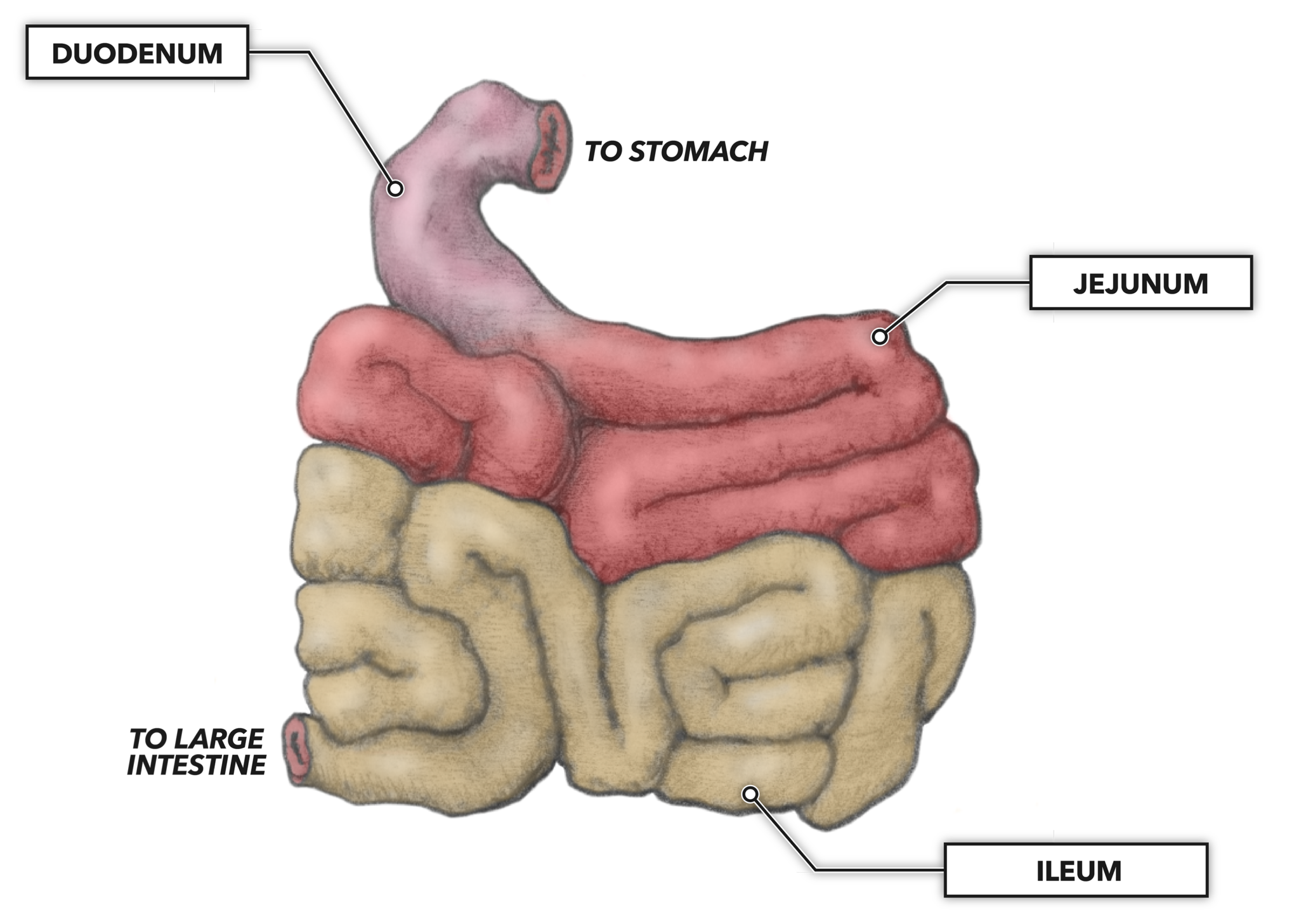The small intestine is roughly 23 feet long

The Fascinating Length of the Small Intestine
Did you know that our small intestine measures approximately 23 feet in length? That’s right! The small intestine, despite its name, plays a crucial role in our digestive system and is a much lengthier organ than one might expect.
The small intestine is a vital part of our gastrointestinal tract, responsible for absorbing nutrients from the food we consume and delivering them to our body’s cells. To provide some visual context, imagine a tube extending from your stomach to your large intestine, winding and looping within your abdominal cavity.
Let’s delve deeper into this incredible organ’s structure and functions:

Structure of the Small Intestine
The small intestine consists of three major parts: the duodenum, jejunum, and ileum. The duodenum is the shortest segment and is primarily responsible for receiving partially digested food from the stomach. It plays a crucial role in the breakdown of food using enzymes and receives digestive secretions from the liver and pancreas.
Continuing along the small intestine, we reach the jejunum. This middle segment facilitates further nutrient absorption and is primarily responsible for absorbing carbohydrates and proteins. Finally, we reach the ileum, the last segment of the small intestine. The ileum primarily absorbs bile acids, vitamin B12, and any remaining nutrients like fats and fat-soluble vitamins.
The walls of the small intestine are lined with finger-like projections called villi, further increasing the surface area for nutrient absorption. These tiny projections are covered in even smaller projections called microvilli, forming a brush border. Collectively, the villi and microvilli vastly increase the absorptive capacity of the small intestine, allowing efficient nutrient extraction from food.

Functions of the Small Intestine
The small intestine performs several vital functions within our digestive system. Its primary role is the absorption of nutrients from the food we eat. Carbohydrates, proteins, fats, vitamins, and minerals are broken down and absorbed through the intestinal walls into the bloodstream. These nutrients are then transported throughout the body to provide energy and support various bodily functions.
Additionally, the small intestine regulates the absorption of water to maintain the body’s fluid balance. It also plays a crucial role in our immune system as it houses special cells called the gut-associated lymphoid tissue (GALT). The GALT helps to protect us from harmful pathogens and assists in maintaining a healthy gut microbiome.
Conclusion
The small intestine, measuring approximately 23 feet long, serves as a remarkable organ responsible for nutrient absorption, fluid balance, and defense against pathogens. Its intricate structure, comprising the duodenum, jejunum, and ileum, in addition to the villi and microvilli, ensures efficient digestion and absorption of nutrients.
As we continue to study and uncover the complexities of the human body, it is awe-inspiring to learn about the remarkable capabilities of organs like the small intestine. Next time you enjoy a meal, take a moment to appreciate the intricate processes occurring within your own body as your small intestine diligently works to nourish you.
Sources:
Tags
Share
Related Posts
Quick Links
Legal Stuff

